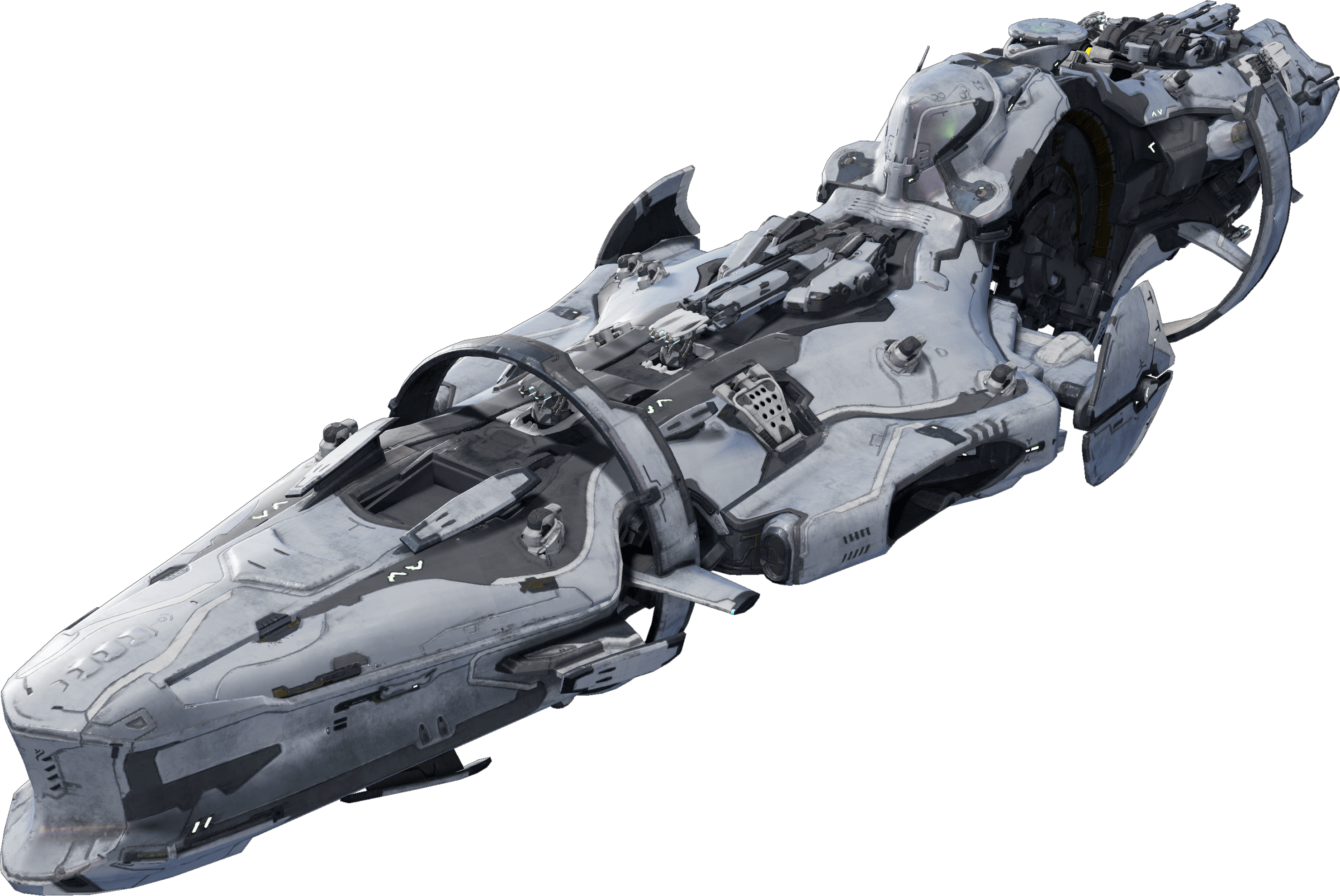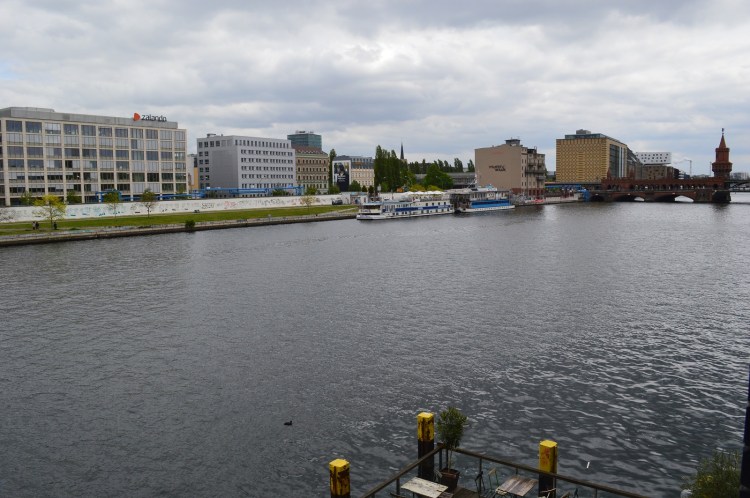Look around at most video game companies founded in the 1990s, and you’d find similar stories: People growing up playing 8-bit games on their computers and home gaming systems. But it’s not the story you’d find from the people who founded Yager Development, one of the studios behind Dreadnought, a multiplayer combat game about big-ass spaceships.
No, for these five cofounders spent their childhoods behind the Iron Curtain, the dividing line behind East and West, freedom and tyranny, in the Cold War. Any games they got were cracked copies for the Commodore 64 or Amiga. The embodiment of this separation was the Berlin Wall, and one section remains standing between what was Communist-controlled East Berlin and the democratic western portion of Germany’s biggest city. The Wall remains as a memorial to those who died trying to cross from the oppressive East German regime to the West — and all who suffered under Communist rule. Over the years, people have painted murals and written graffiti on the portion that remains.
During a recent presentation for Dreadnought, game director Peter Holzapfel noted how Yager’s five founders started the company in 1999, just a decade after the Berlin Wall’s fall.
“We didn’t have much access to technology, but we managed to pull it off and found a games company,” he said. “We’re one of the biggest indie developers in Germany.” This led me to thinking about their backgrounds, how they grew up in a Communist nation, behind the Berlin Wall. I asked if Yager is a consequence of what happens when the Iron Curtain falls and freedom comes to East Germany.
June 5th: The AI Audit in NYC
Join us next week in NYC to engage with top executive leaders, delving into strategies for auditing AI models to ensure fairness, optimal performance, and ethical compliance across diverse organizations. Secure your attendance for this exclusive invite-only event.

Above: This is a tier V artillery cruiser in Dreadnought. It looks cool, but is it “Cool enough for the Berlin Wall” cool?
“That would be one way to put it, I guess, yeah,” Holzapfel. That’s when Mike Barr, the lead producer for Dreadnought at the U.S. studio Six Foot (more than one studio works on this game, which is coming to the PlayStation 4), talked about how he saw the Wall.
“It’s really neat. When we visit Yager, we usually stay in a hotel on the East Berlin side. Right outside of Yager is the largest section of the [Berlin] Wall that’s still remaining, and they’ve kinda turned it into an art gallery,” Barr said. “And just every day in the morning, and every afternoon, walking back and forth across the wall, with nobody shooting at you, it’s pretty neat.”
I then asked if Holzapfel ever thought about putting one of Dreadnought’s big-ass spaceships on the Berlin Wall.
“No, not yet. We should check if it would be OK to do it,” Holzapfel said.
“It would be awesome to do a giant spaceship!” Barr responded.
Holzapfel replied with a smile: “I’m not entirely sure they would let us put giant spaceships there.”
And he’s correct. I reached out to the Berlin Wall Foundation, which oversees the leftover part of the wall that stands as a memorial, to find out if it still accepts artwork. It does not.
“The piece of wall you were referring to in your email is called ‘Eastside Gallery’ and has been protected as an historic monument since a couple of years. So therefore, it is prohibited to do any new artwork on it,” a representative said.
Looks like Yager will need to find another wall to work on. Maybe Trump’s?


